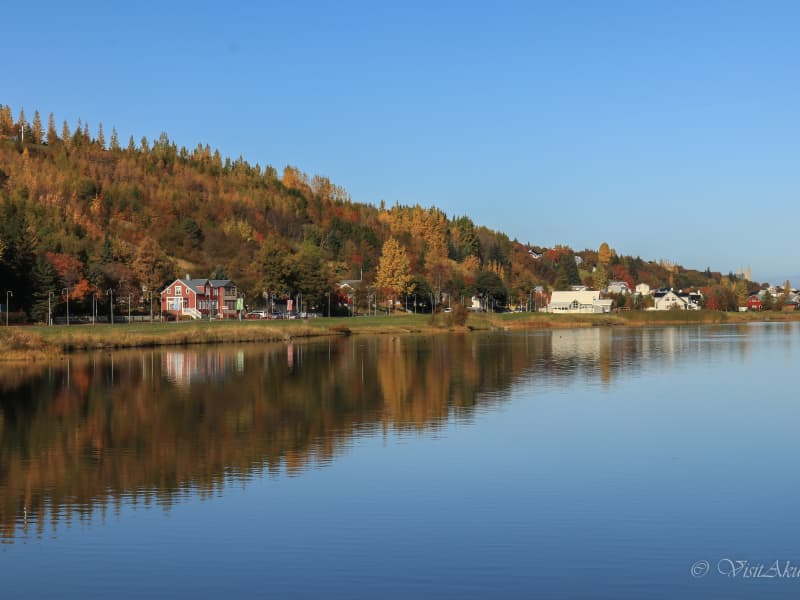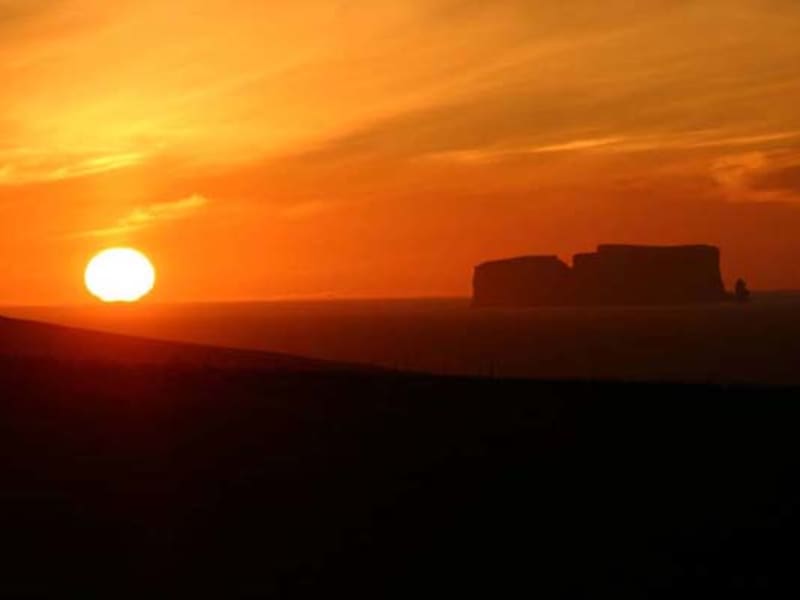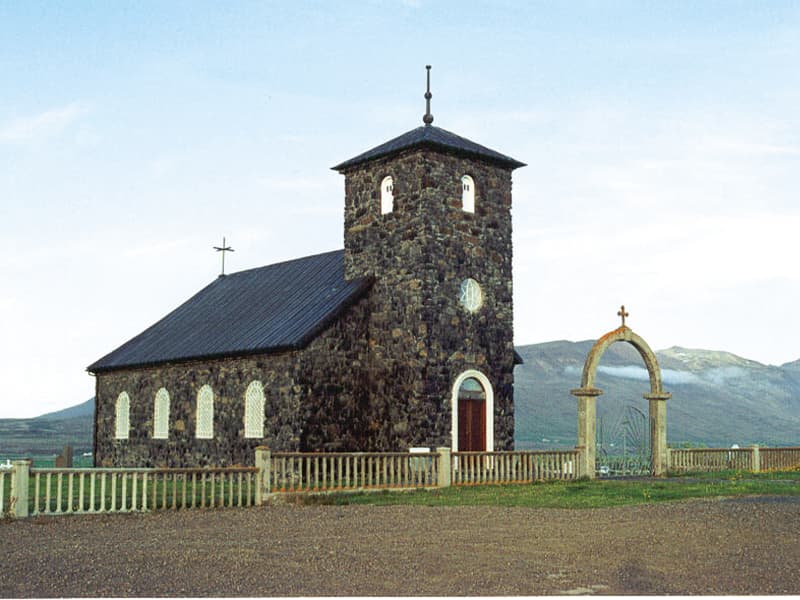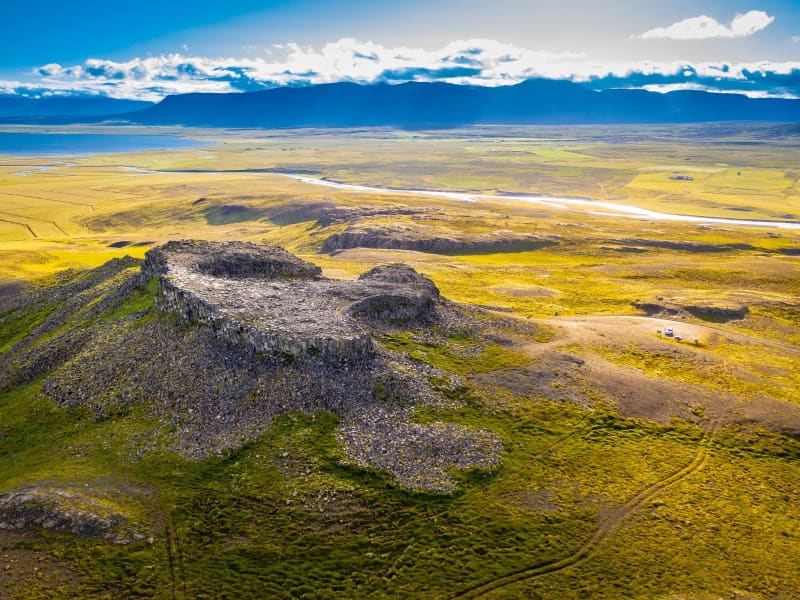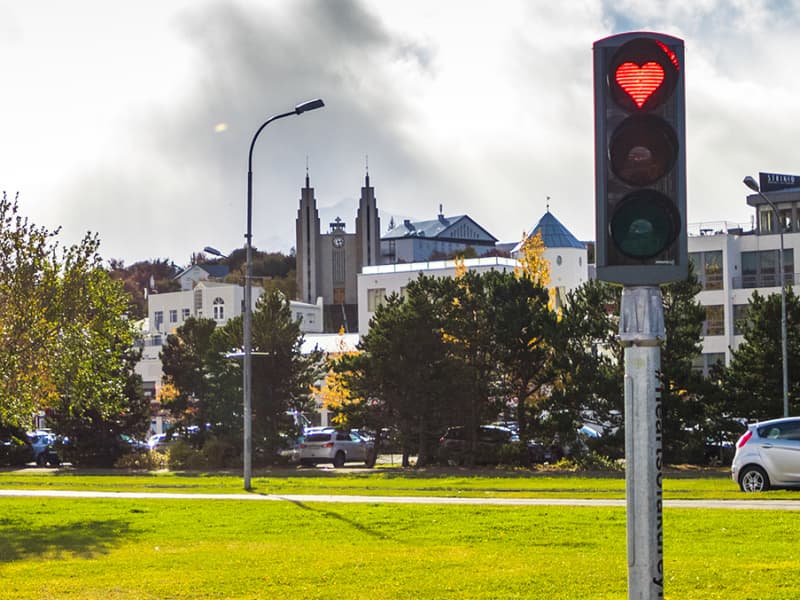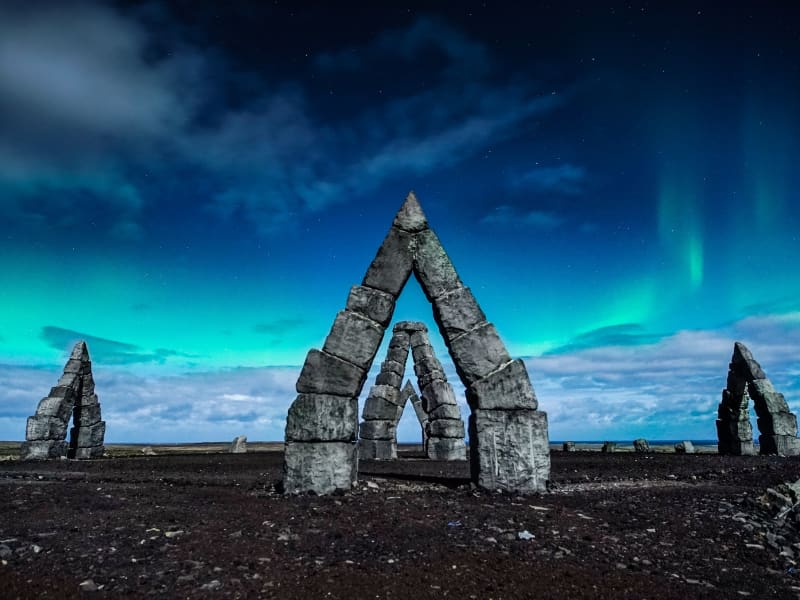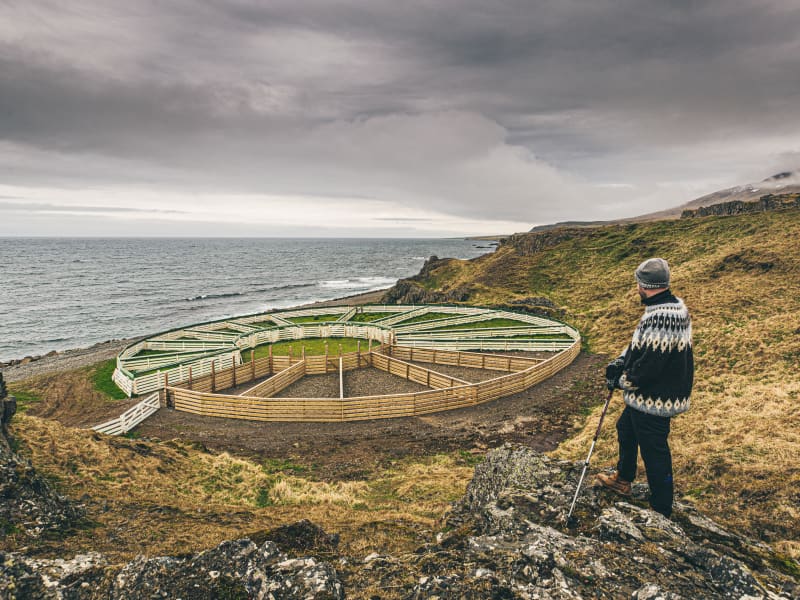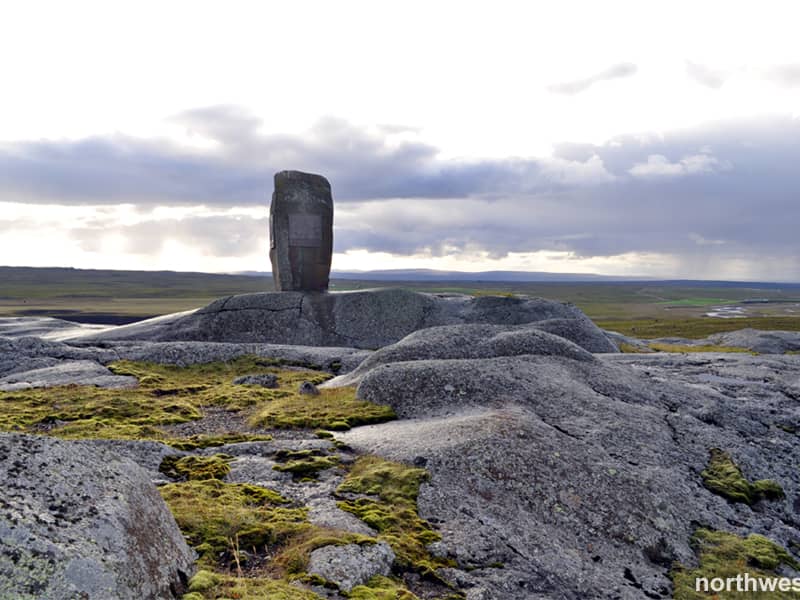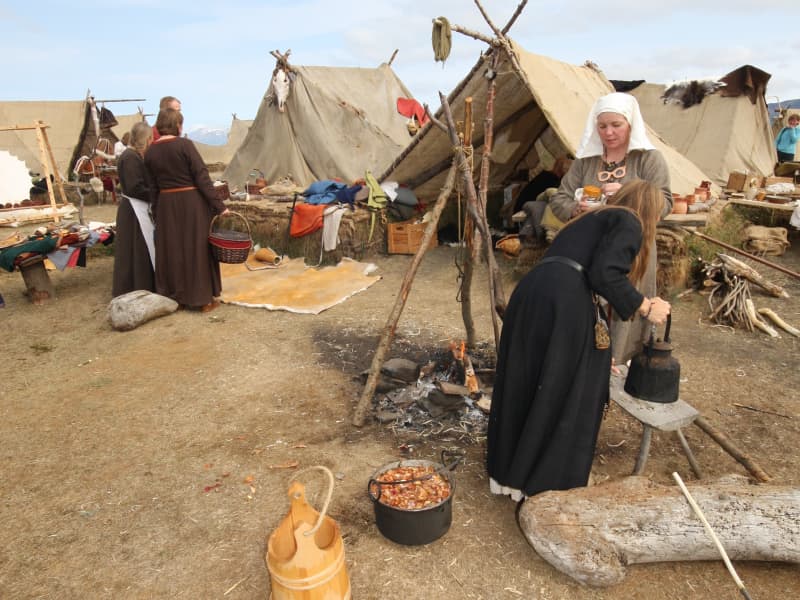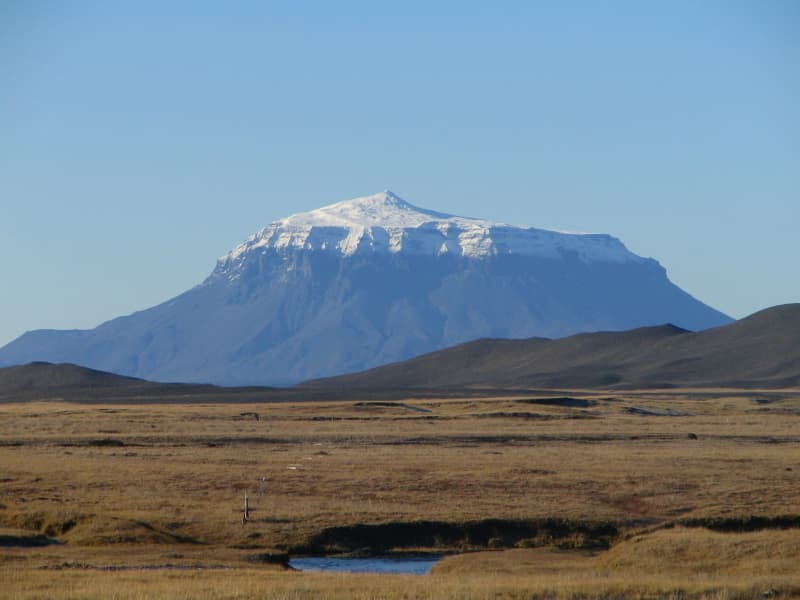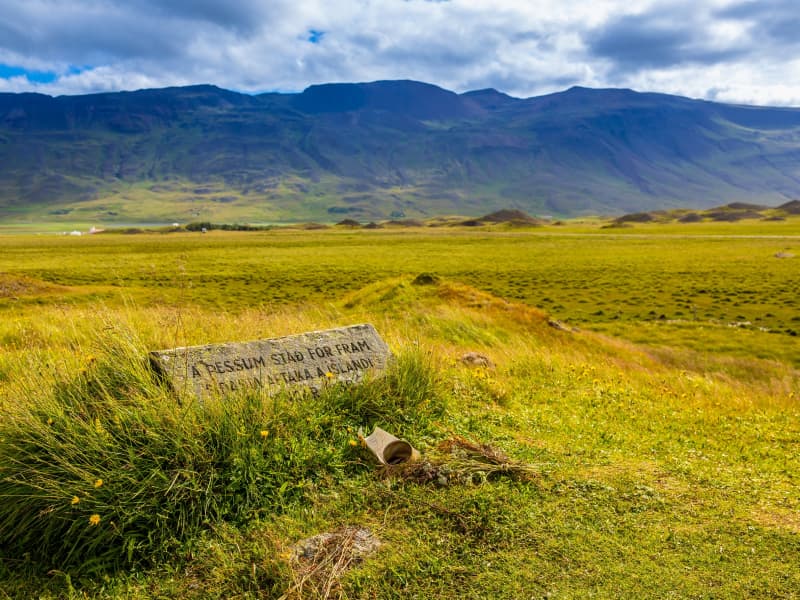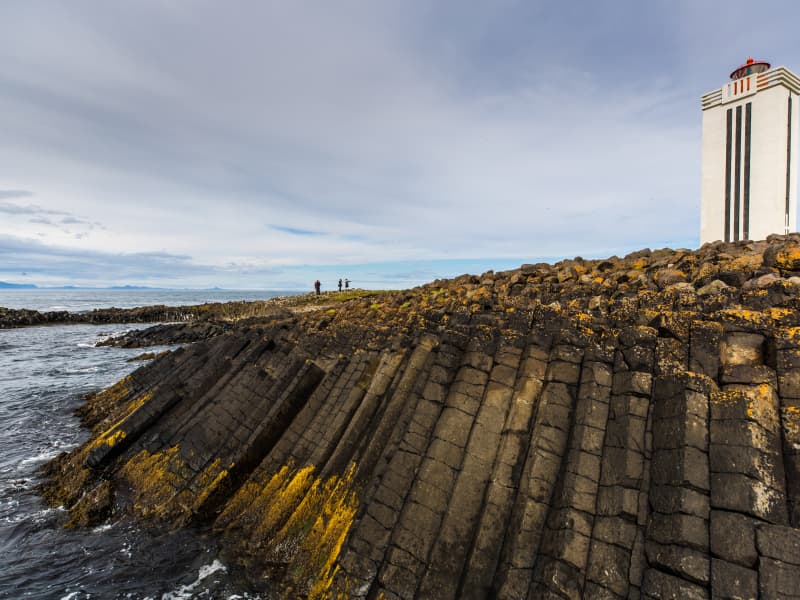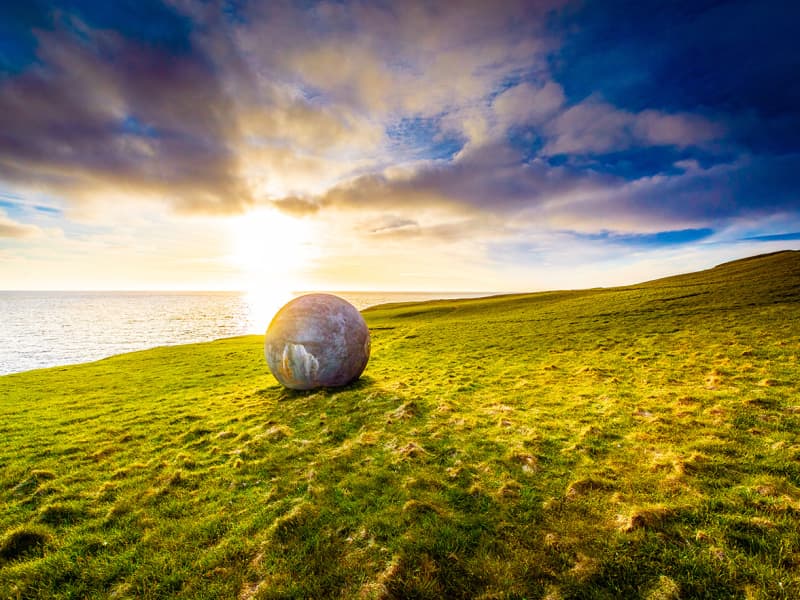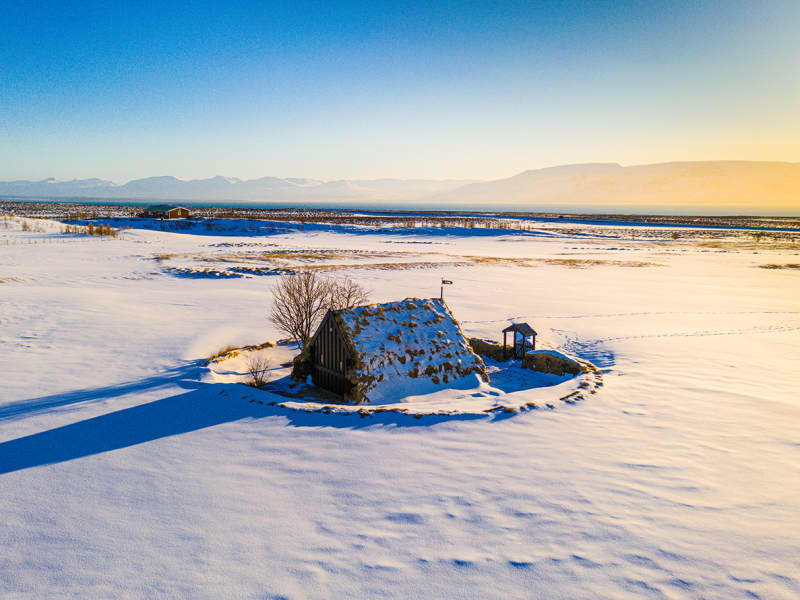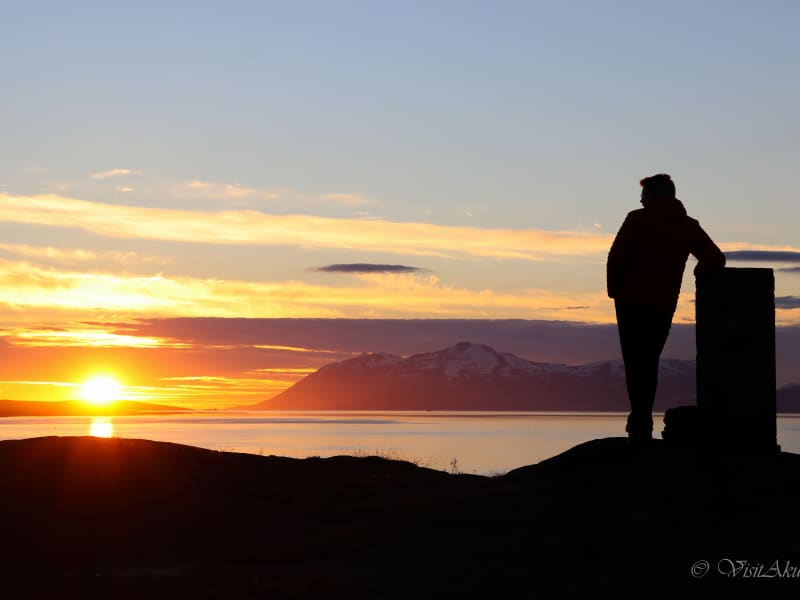Akureyri Old Town
The old town of Akureyri brings you back to the beginning of the town. The area is located just a short stroll from town centre, towards the south. The area is a monument to the town‘s history and culture. Many of the town oldest houses have been preserved and the original street planning has been maintained. Informative signposts guide visitors about the history of a different era. On this walk, you see the old Theatre, the old Primary School and the Old Hospital built in 1827, the firsttwo-storied house built in Iceland and the oldest building in Akureyri, Laxdalshús, built in 1795.
The name of Akureyri dates back to the 15th century, but it was not until 1778 that the first dwelling was built on the site. The oldest building that still remains was built in 1795, called Laxdalshús. The houses and style of architecture are what draws the attention in this area. Around what used to be the main harbour but now home to the local sailing club Nökkvi you find many of the original buildings that kicked off this small harbour town. As time passed and the population grew, the hills behind the town developed as there was only one way to go – up!Many of the buildings feature coting of corrugated iron. Traditionally this was used as a roofing material and for building farming sheds but in Iceland, it was commonly used as an external covering on walls to protect the woodwork. Anothermethod of shielding houses that is quite special for Akureyri, as it is rarely found in other places in Iceland, is the use of pressed iron plates, like tiles. These were imported from the US in the 1930s, and many of the oldest houses still wear this type of coating with beautiful colours.
For more information about the old town and the houses see our historical signboards.
https://www.visitakureyri.is/en/see-and-do/culture/skilti-baejarins
View

